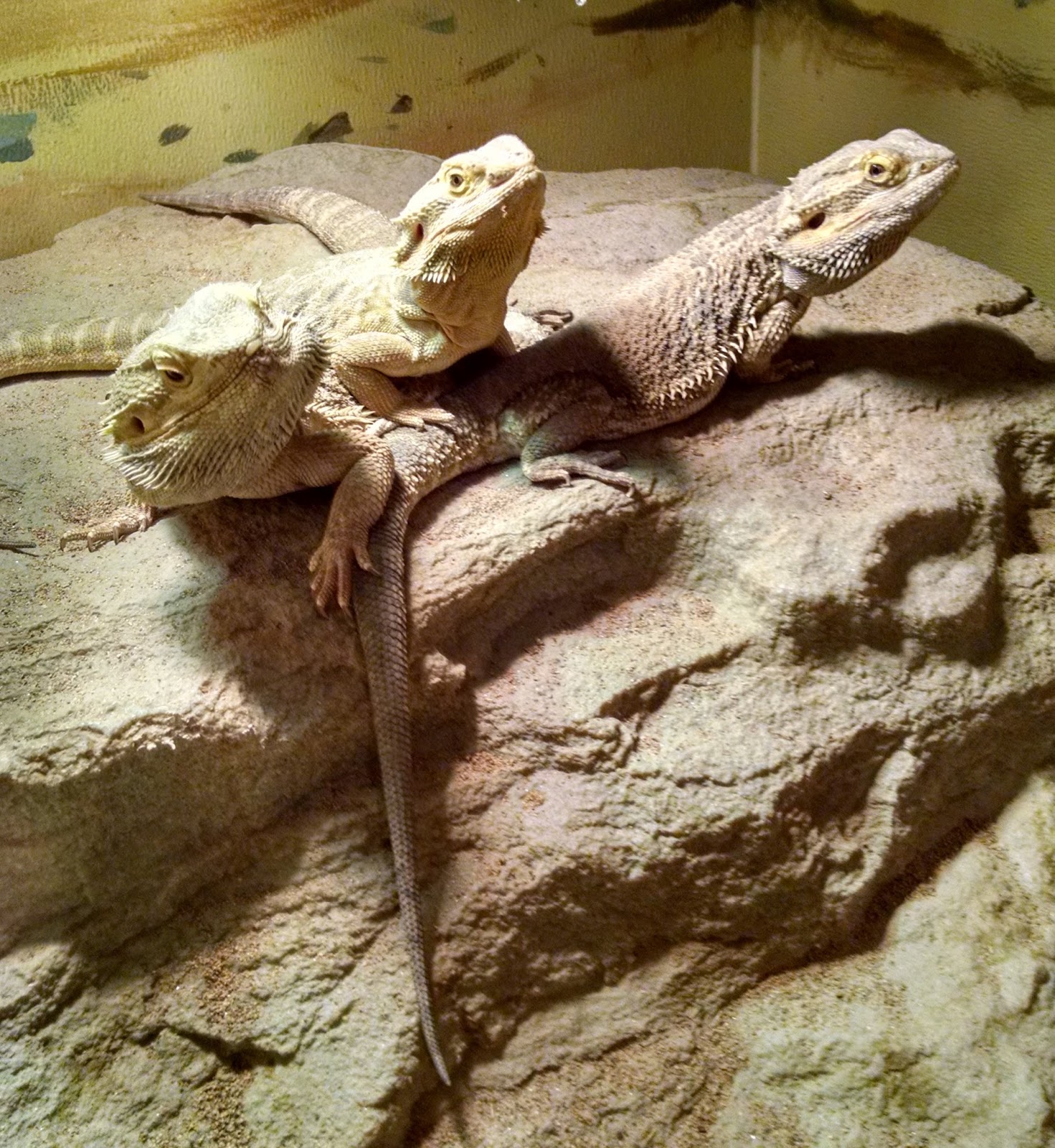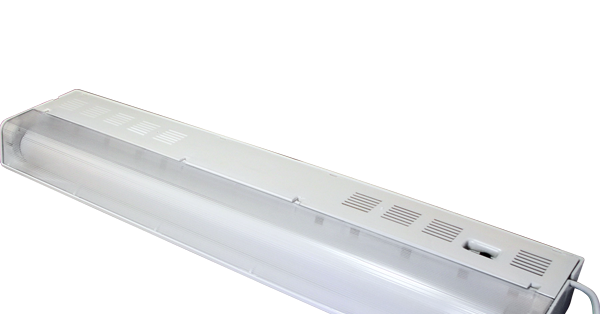UVB Wattage for Bearded Dragon: A Guide for Beginners
UVB Wattage for Bearded Dragon: A Guide for Beginners
Bearded dragons are wonderful pets that are relatively easy to take care of. However, as a responsible pet owner, it is important to understand the needs of your pet. One of the essential aspects of bearded dragon care is providing them with adequate UVB lighting, which is crucial for their overall health and well-being. In this blog post, we will discuss UVB wattage for bearded dragons, and provide a comprehensive guide for beginners.
Understanding UVB Lighting for Bearded Dragons
UVB lighting is a crucial aspect of bearded dragon care, as it allows them to synthesize vitamin D3, which is essential for the absorption of calcium. Without adequate UVB lighting, bearded dragons are at risk of developing metabolic bone disease (MBD), which can lead to a range of health problems.
When it comes to UVB lighting, there are two primary types of bulbs: fluorescent and mercury vapor. Fluorescent bulbs are a more affordable option, but they have a shorter lifespan and need to be replaced every six months. Mercury vapor bulbs are more expensive, but they last longer and emit a wider range of UVB radiation.
Calculating UVB Wattage for Bearded Dragons
When it comes to UVB wattage for bearded dragons, there is no one-size-fits-all approach. The appropriate wattage will vary depending on factors such as the size of your enclosure, the distance between the bulb and your bearded dragon, and the type of bulb you are using. As a general rule of thumb, you should aim for a UVB output of 10-12% at the basking spot.
To calculate the appropriate wattage for your bearded dragon, you will need to consider the distance between the bulb and your pet. The further away the bulb is, the higher the wattage will need to be to provide adequate UVB radiation. As a general rule of thumb, for every 6 inches between the bulb and your pet, you should increase the wattage by 5-10 watts.
Factors to Consider When Choosing UVB Bulbs
When choosing UVB bulbs for your bearded dragon, there are several factors to consider. Firstly, you will need to determine which type of bulb is best suited to your specific needs. As discussed earlier, fluorescent bulbs are a more affordable option, while mercury vapor bulbs emit a wider range of UVB radiation but are more expensive.
In addition to bulb type, you will also need to consider bulb strength. Bearded dragons require a UVB output of 10-12% at the basking spot, and this can vary depending on the size of your enclosure and the distance between the bulb and your pet. As a general rule of thumb, you should choose a bulb with a higher UVB output if your enclosure is large or if the distance between the bulb and your pet is greater than 12 inches.
Lastly, you will need to consider the lifespan of the bulb. Fluorescent bulbs typically need to be replaced every six months, while mercury vapor bulbs can last up to two years. Choosing the right bulb for your pet will require some research and experimentation, as what works for one pet may not work for another.
Conclusion
Providing adequate UVB lighting is crucial for the health and well-being of your bearded dragon. As a beginner, understanding UVB wattage for bearded dragons can be overwhelming, but with the information provided in this guide, you should feel confident in choosing the right UVB bulbs for your pet. Remember, when it comes to UVB wattage, there is no one-size-fits-all approach, so take the time to research and experiment to ensure your bearded dragon is getting the best possible care.









